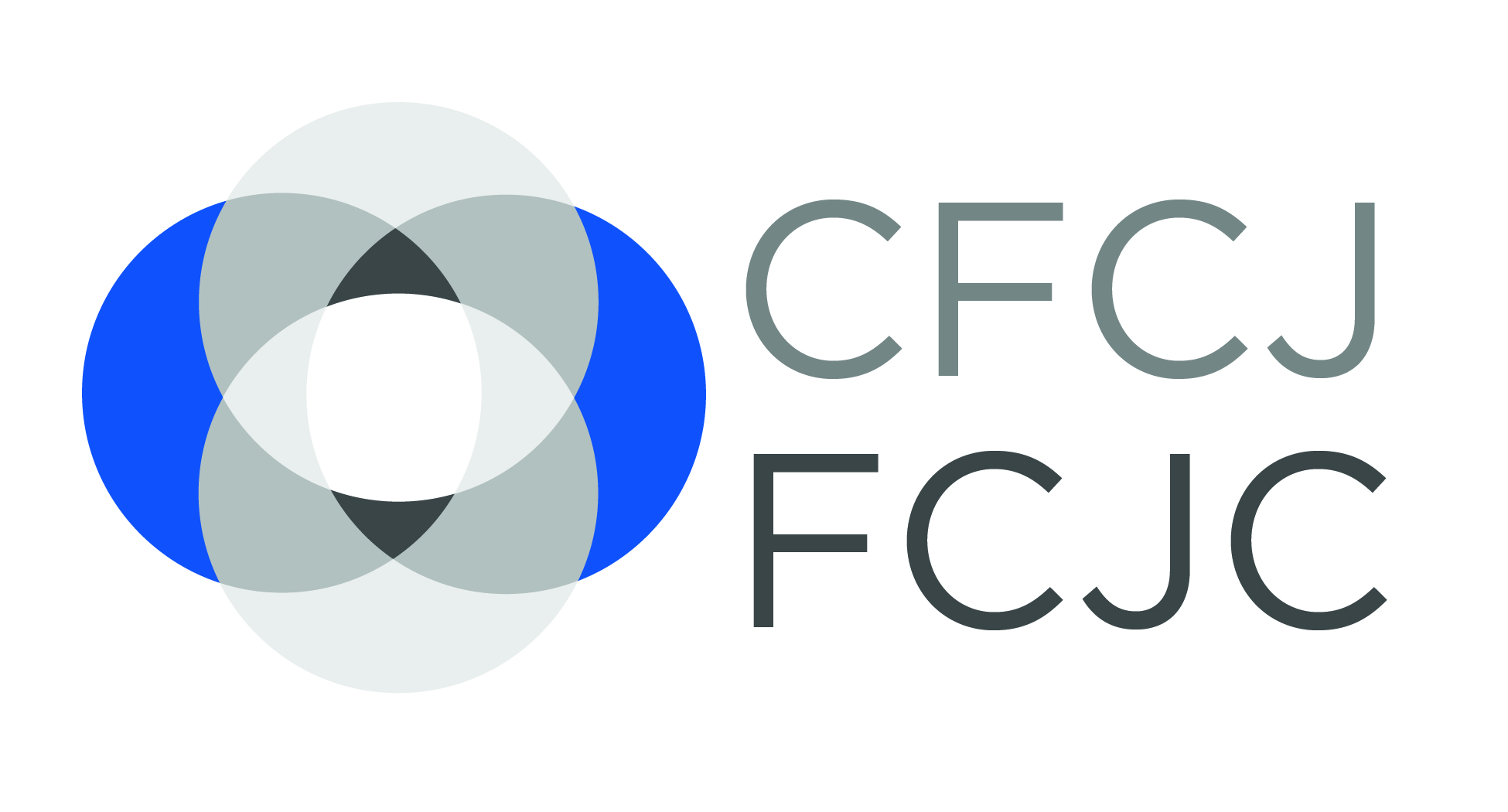Inventory of Reforms
Ontario Telejustice Project
Year:
2005
Description:
Project that uses various communication technologies to deliver Pro Bono Law Ontario services to the Nishnawbe Aski Nations communities.
Status:
Ongoing project
Jurisdiction:
Ontario
Timeline:
2005: Telejustice Project launched
2008: First phase of the Project completed
2008: Second phase of the Project initiated
Publications:
Technology and Access to Justice: The Telejustice Project
Development:
A needs assessment conducted by Pro Bono Law Ontario in 2002 “found that 2.2 million Ontario residents living in rural, remote and Aboriginal communities lacked adequate access to justice and that despite the prevalence and persistence of poverty, those clients were often unable to get legal assistance to deal with their matters” (Website).
In 2005, to address this need, Pro Bono Law Ontario in partnership with Nishnawbe-Aski Legal Services Corporation developed and implemented the Telejustice Project
Purpose:
“The Telejustice Project enables pro bono lawyers throughout Ontario to improve access to justice for the Nishnawbe Aski Nations communities (NAN communities) in northwest Ontario… The goal of the Telejustice Project is to help lessen geographical barriers to justice by adding technology into the mix of the clinic’s service delivery methods.” (Website).
Description of Reforms:
The Telejustice Project represents a shift in the way PBLO delivers pro bono services to remote, rural communities in Ontario. An “urban-to-rural initiative”, this project model, capitalizes on the concentration of legal resources available in urban centers. By using technology to bridge distances, PBLO can compliment the local pro bono services provided by small firms and sole practitioners in rural Ontario. “Lawyers throughout Ontario have told us that pro bono is an important part of the legal profession,” says Lynn Burns, Executive Director of PBLO. “However, we understand that rural practitioners face unique barriers in participating in organized pro bono. PBLO’s urban-to-rural projects will level the playing field of access to justice concerns without placing too much pressure on lawyers in rural areas.”
Website
The Project uses a variety of communication platforms to connect the members of NAN with legal information, including a website, newspapers, newsletter and more. “There are also future plans to use information sheets, online tutorials, video-conferencing, on-line chat room and opening it up to the public.” (Telejustice Project at 4).
The Project is staffed with approximately 25 volunteer lawyers who are willing to take questions related to various areas of law. In a partnership with the Windsor Law School, the Project is also assisted by volunteer law students. (Telejustice Project at 5).
The Project covers various areas of law, including:
- Wills and powers of attorney
- Landlord/tenant issues
- Employment contracts
- Consumer law
- Senior legal issues
- Administrative law
- Criminal law (including youth justice)
- Family Law (including child welfare)
- Aboriginal and Treaty Rights
The Project is split into three phases.
First Phase
The first phase was completed in 2008. It involved:
- implementation of Ask-a-Lawyer web-based interface, which “uses an interactive question-and-answer format that enables Community Legal Workers (CLW’s) at NALSC to submit legal queries on behalf of NAN community members. These questions get dispatched to lawyers on the volunteer roster, who respond anonymously with their answers. The knowledge of these pro bono lawyers leverages the Community Legal Workers’ ability to serve their very large and remote client base.” (Website)
- a monthly newspaper column in the Wawatay Newspaper
(Telejustice Project at 7).
While currently Ask-a-Lawyer interface is only accessible by CLWs, there are plans to open it up directly to the clients. The newspaper column in the Wawatay Newspaper initially started as an informational column, which was then changed into a legal advice column. There are plans to make the column bi-weekly. (Telejustice Project at 8, 16).
Second Phase
The second phase was initiated in 2008 and includes the development of:
- Information Sheets dealing with topics specific to First Nation and translated into Aboriginal languages
- Web-conference/web-cast Community Legal Education to be filmed by volunteers in Toronto
- Video-conference Community Legal Education for workshops, information sessions and, possibly, private client sessions
- On-line (chat room style) Community Legal Education
- Legal Info articles housed on the website
(Telejustice Project at 7).
Third Phase
The third phase will take place after the completion of the second phase and will include:
- Project Assessment
- Redeployment based on feedback from project assessment
(Telejustice Project at 7).
Revision History:
This summary was last reviewed in Apr 09, 2013



